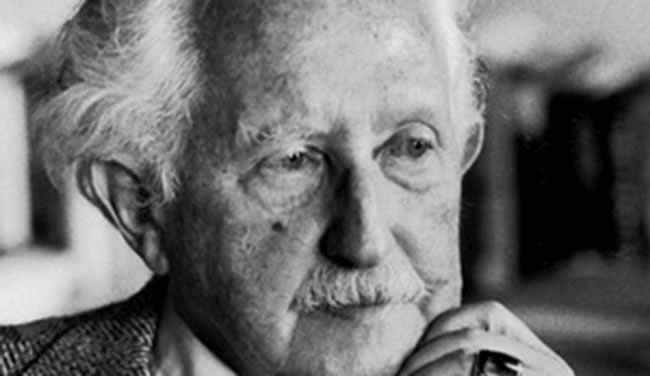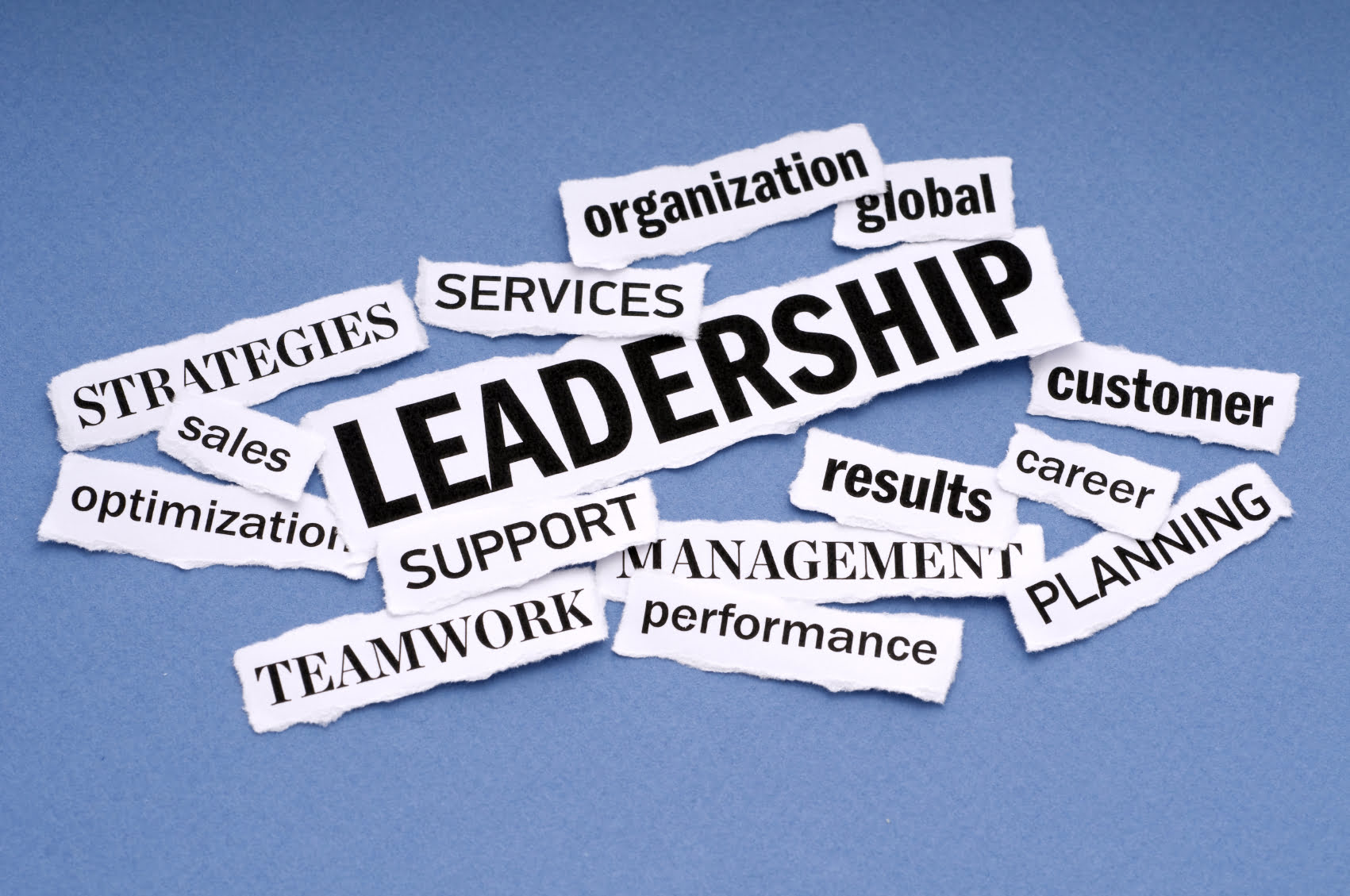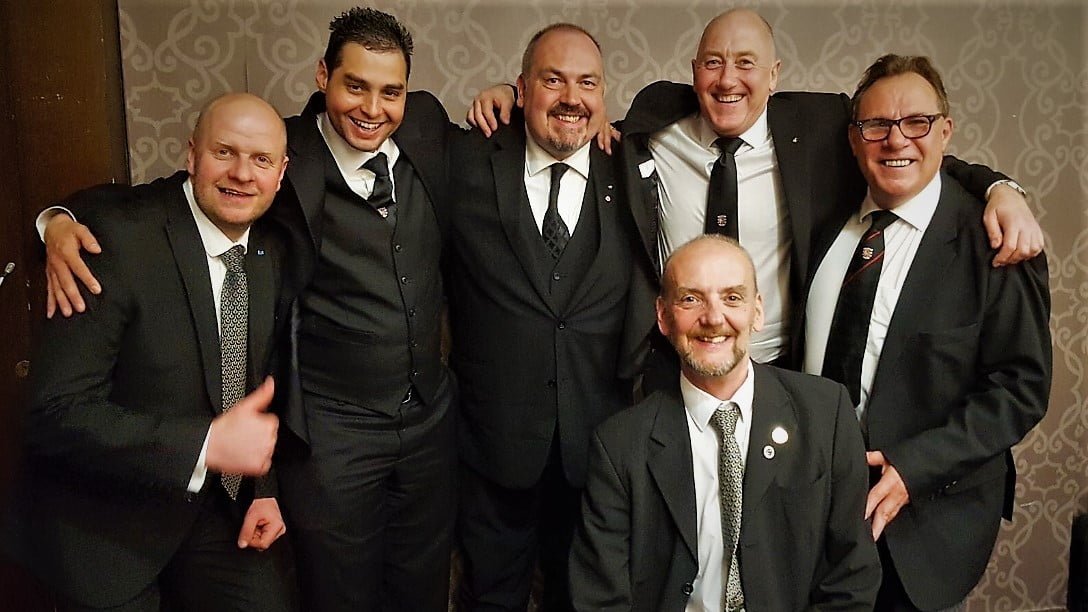When I started my career, I was very fortunate to have a mentor, I didn’t go out and find one, but was taken under the wing by a very astute leader. I was very fortunate to be on the receiving end of a great mentor and as Tom’s career took off, he always made time to be there and support. The long-term impact of his mentoring really was life and career changing.
In my own situation, the mentor was a Assistant to the Regional Director & I credit for guiding me in my development as a leader, a strategist and a more complete business professional.
He did not instruct me, or provide on-the-spot coaching or training. Instead, he challenged me; he encouraged me to think through issues and approaches with his painfully difficult to answer questions, and he served as a source of wisdom when I needed it the most. While our relationship as mentor and mentee (sometimes identified as: mentoree) ended after I changed companies, his impact carries through in my work today.
Mentoring and Coaching: Similar but Not the Same
The terms mentoring and coaching are often used interchangeably, and that is misleading. While similar in their support of someone’s development, they are very different disciplines in practice.
Mentoring is a long term relationship where the focus is on supporting the growth and development of the mentee. The mentor is a source of wisdom, teaching and support, but not someone who observes and advises on specific actions or behavioral changes in daily work.
Coaching is typically a relationship of finite duration where the focus is on strengthening or eliminating specific behaviors in the here and now. Coaches are engaged to help professionals correct behaviors that detract from their performance or, to strengthen those that support stronger performance around a set of activities.
Both mentoring and coaching are incredibly valuable in providing developmental support, however, one offers high-level guidance for long-term development and the other helps you improve immediately.
History and Definition:
The original Mentor is a character in Homer’s epic poem: The Odyssey. When Odysseus, King of Ithaca went to fight in the Trojan War, he entrusted the care of his kingdom to Mentor. Mentor served as the teacher and overseer of Odysseus’ son, Telemachus.
The Merriam-Webster Online Dictionary defines a mentor as “a trusted counselor or guide.” Others expand on that definition by suggesting that a mentor is “someone who is helping you with your career, specific work projects or general life advice out of the goodness of his or her heart.
Why Seek Out a Mentor?
As described earlier, I attribute part of my professional growth to the guidance of a patient mentor. He challenged me to think differently and to open my eyes and mind to different perspectives. While each of us develop at our own pace, it is reasonable to believe that this type of influence is positive for all of us.
A mentor is a personal advocate for you, not so much in the public setting, but rather in your life.
Many organizations recognize the power of effective mentoring and have established programs to help younger professionals identify and gain support from more experienced professional in this format.
What a Mentor Does for You:
A mentor takes a long-range view on your growth and development.
A mentor helps you see the destination but does not give you the detailed map to get there.
A mentor offers encouragement and cheer leading, but not “how to” advice.
What a Mentor Does Not Do for You:
A mentor is not a coach as explained above.
A mentor is typically not an advocate of yours in the organizational environment: the relationship is private.
A mentor is not going to tell you how to do things.
A mentor is not there to support you on trans actional, short-term problems.
A mentor is not a counselor.
Understanding the role of the mentor is a critical starting point for success in this relationship.
Additional requirements include:
Investing your time in seeking out the mentor.
Sharing your goals and fears openly.
Not expecting the mentor to solve your short-term problems or do the work for you.
Not expecting specific advice.
Sharing where you are struggling or failing.
Listening carefully and then researching and applying the mentor’s guidance.
Showing that you value the mentor’s support.
Not abusing the relationship by expecting political support in the organization.
The Bottom Line:
A mentor can be a difference maker in your career and life. It is important to come to the relationship with open eyes on the role and to have proper expectations. And remember, the impact of a mentor’s guidance and wisdom now may not be felt for years to come. However, it will be felt.






